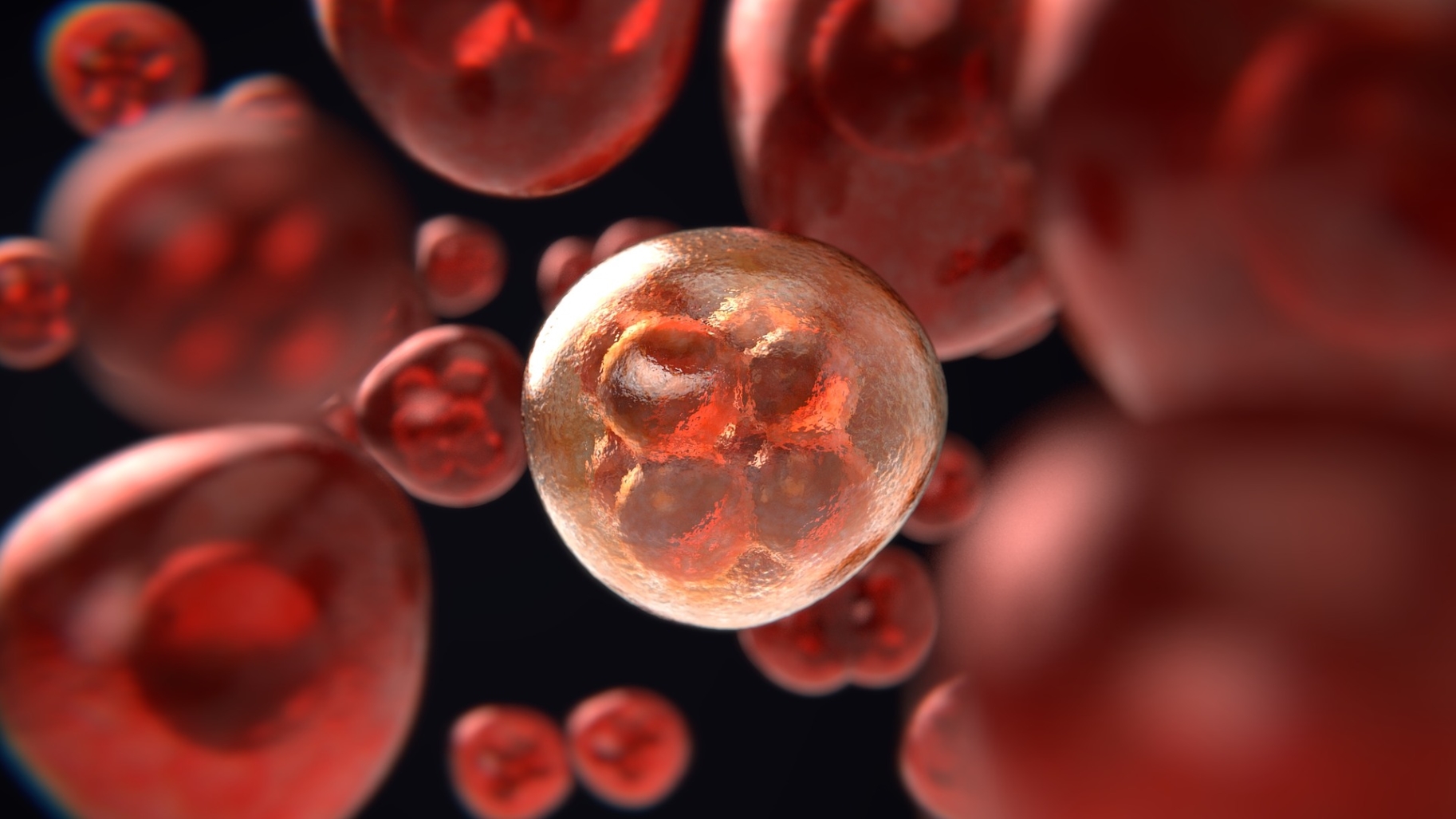A new way of exploring cell behaviour
Date:
Changed on 21/10/2020

Automation and industrial data processing have long been of interest to the researchers who make up the Mexico project team. This team specialises in the formal modelling of physical systems and complex software programs, the uses of which include diagnosing breakdowns on telecoms networks. But these researchers, whose team is a joint undertaking involving the Inria Saclay - Île-de-France research centre, the CNRS and ENS Paris-Saclay, have only more recently begun exploring the life sciences, and in particular cell biology. The results so far have been extremely promising, as evidenced by the article published in late August in the prestigious open access journal Nature Communications.
“This article outlines a new way of exploring and predicting cell behaviour”, explains Stefan Haar, an Inria director of research and head of the Mexico project team. Just like large-scale industrial machinery, the cells of living beings are “complex systems which can be observed using IT technology, enabling the actual cause of each observed development to be assessed.”
In the field of systems biology, this is what is known as epigenetics, and it is of increasing importance in both biology and medicine. Epigenetics involves the analysis of cells whose functions are partly determined by an individual’s genotype (their genes) and partly by the processes acting upon their genotype. Biologists typically refer to switches, which activate or deactivate the capacities of a cell, but which are encoded in the genotype. “They were also the first to use the metaphor of reprogramming in the context of cell differentiation, i.e. when the specialisation of a cell changes”. Might we think of this as an example of basic programming? When skin is cut, the tissue cells located immediately below the epidermis instantly change specialisation, swapping with the first cells in order for the wound to scar over.
In order to model behaviour and even devise new treatments involving cell reprogramming (which can be used for certain types of cancer, for example), scientists employ Boolean networks*, which use two-state variables (most commonly “true” or “false”). Known as “logical” modelling, this helps scientists determine the 0 behaviour of a biological system. There are also two main ways of dynamically (or semantically) interpreting Boolean networks, which have the disadvantage of being costly and taking up significant processing resources: the first involves synchronously updating all of the available variables, while the second involves these variables being updated asynchronously (i.e. one after another). There are limitations to each of these Boolean analysis methods, which cause them to erroneously eliminate certain types of behaviour considered to be impossible. “They might arrive at the conclusion, for instance, that a gene cannot be activated, while a more accurate model, one taking different thresholds and/or interaction times into account, would predict activation”, explains Stefan Haar.
The Mexico researchers and their CNRS* partner have shown the benefits of transitioning towards a new type of Boolean network, known as MP (Most Permissive). “This blends synchrony and asynchrony, allowing only one part of a variable to be updated (so as to avoid missing any possibilities) prior to then updating one or multiple other variable(s)”. Another advantage of MPBNs (Most Permissive Boolean Networks) is that they can analyse up to 100,000 components, compared to just 100 for standard networks, and this without slowing down processing times. “They help us to capture all possible behaviours using a quantitative model that respects the logic of the network. There’s no need for any additional parameters”.
When it comes to the future, Stefan Haar is very optimistic: “We believe that the arrival of MP Boolean networks, which are less complex than their predecessors, will pave the way for future analysis of gene expression, enabling the processing of tens of thousands of different parameters.” But the technology itself still has to be improved. The aim is to provide users of MP Boolean networks, such as the Curie Institute or the University of Luxembourg, with more lightweight methods of representing the data structures being studied.
* Boolean networks are used to model systems governed by “all-or-nothing” rules, such as genetically-regulated systems.
** Loïc Paulevé, CNRS research officer at the Laboratoire Bordelais de Recherche en Informatique (LaBRI - the Bordeaux IT Research Laboratory)
1997: awarded a PhD from the University of Hamburg
2001: starts working as a research officer at the Inria Rennes - Bretagne-Atlantique research centre
2007: is invited to work as a guest teacher-researcher during a sabbatical year spent at the University of Ottawa and the Alcatel-Lucent / Bell Labs research centre in Ottawa
2008: the Mexico (Modelling and Exploitation of Interaction and Concurrency) project team is launched at ENS Paris-Saclay’s LSV (Laboratoire Spécification et Vérification - Specification and Verification Laboratory).
Two Stefan Haar publications
“Cyclic Ordering through Partial Orders”, Journal of Multiple-Valued Logic and Soft Computing, September 2016.
“Concurrency in Boolean networks”, an article co-authored with Thomas Chatain, Juraj Kolčák, Loïc Paulevé and Aalok Thakkar; Natural Computing, Springer Verlag, 2020.
Software developed by Loïc Paulevé, a CNRS research officer at the Laboratoire Bordelais de Recherche en Informatique (LaBRI - the Bordeaux IT Research Laboratory - CNRS/the University of Bordeaux/Bordeaux INP), designed to make MPBN networks easier to use.
“New logical Boolean networks for describing cell behaviour”, Institut des sciences de l’information et de leurs interactions (INS2I - the Institute of Computer Science and its Interactions), CNRS, 28 September 2020
The different types of Boolean networks used in biology
“Synthesis of Boolean Networks from Biological Dynamical Constraints using Answer-Set Programming”, Stéphanie Chevalier, et al., Cornell University, 10 September 2019
The expected benefits of Boolean networks in cell reprogramming
“Temporal Reprogramming of Boolean Networks”, Hugues Mandon, Stefan Haar and Loïc Paulevé, CCSD (Centre pour la communication scientifique directe - Centre for direct communication in science), September 2017